BYD Tang vs Land Rover Range Rover Velar – Which car suits you better?
Compare performance, boot capacity, efficiency and price at a glance.
Find out which car is the better choice for you – BYD Tang or Land Rover Range Rover Velar?
Here’s where it gets real: The technical differences in detail
Costs and Efficiency: Price and efficiency are often the first things buyers look at. Here it becomes clear which model has the long-term edge – whether at the pump, the plug, or in purchase price.
Land Rover Range Rover Velar has a slight advantage in terms of price – it starts at 61900 £, while the BYD Tang costs 64300 £. That’s a price difference of around 2400 £.
As for range, the BYD Tang performs significantly better – achieving up to 530 km, about 467 km more than the Land Rover Range Rover Velar.
Engine and Performance: Power, torque and acceleration say a lot about how a car feels on the road. This is where you see which model delivers more driving dynamics.
When it comes to engine power, the BYD Tang has a evident edge – offering 517 HP compared to 404 HP. That’s roughly 113 HP more horsepower.
In acceleration from 0 to 100 km/h, the BYD Tang is somewhat quicker – completing the sprint in 4.90 s, while the Land Rover Range Rover Velar takes 5.40 s. That’s about 0.50 s faster.
In terms of top speed, the Land Rover Range Rover Velar performs clearly perceptible better – reaching 250 km/h, while the BYD Tang tops out at 190 km/h. The difference is around 60 km/h.
There’s also a difference in torque: the BYD Tang pulls hardly perceptible stronger with 680 Nm compared to 650 Nm. That’s about 30 Nm difference.
Space and Everyday Use: Beyond pure performance, interior space and usability matter most in daily life. This is where you see which car is more practical and versatile.
Seats: BYD Tang offers noticeable more seating capacity – 7 vs 5.
In curb weight, the Land Rover Range Rover Velar is clearly perceptible lighter – 2003 kg compared to 2630 kg. The difference is around 627 kg.
In terms of boot space, the Land Rover Range Rover Velar offers significantly more room – 552 L compared to 235 L. That’s a difference of about 317 L.
In maximum load capacity, the BYD Tang performs somewhat better – up to 1655 L, which is about 297 L more than the Land Rover Range Rover Velar.
When it comes to payload, Land Rover Range Rover Velar barely noticeable takes the win – 587 kg compared to 575 kg. That’s a difference of about 12 kg.
All in all, the BYD Tang shows itself to be wins the duel decisively and secures the title of DriveDuel Champion.
It impresses with the more balanced overall package and proves to be the more versatile companion for everyday use.
BYD Tang
The BYD Tang represents a bold entry into the competitive SUV market, blending cutting-edge technology with modern design aesthetics. Its spacious interior is complemented by high-quality materials and innovative features, making it a strong contender for families and tech enthusiasts alike. With an emphasis on sustainability, the Tang offers an eco-friendly driving experience without compromising on performance or luxury.
details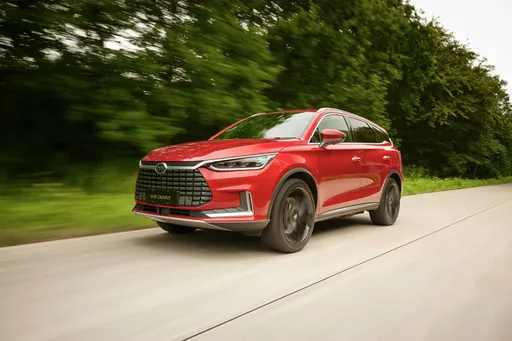 @ press.bydauto.be
@ press.bydauto.be
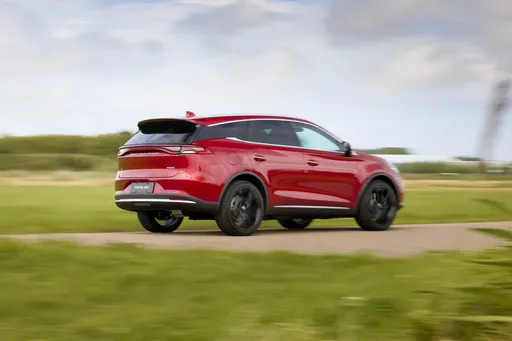 @ press.bydauto.be
@ press.bydauto.be
 @ press.bydauto.be
@ press.bydauto.be
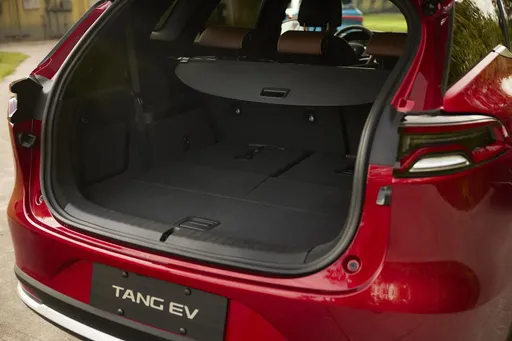 @ press.bydauto.be
@ press.bydauto.be
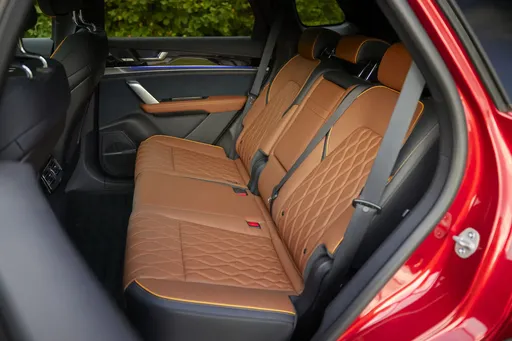 @ press.bydauto.be
@ press.bydauto.be
Land Rover Range Rover Velar
The Land Rover Range Rover Velar exemplifies a harmonious blend of elegance and capability, capturing the essence of modern luxury SUVs. Its sleek silhouette and refined design details make it stand out on both urban roads and off-road adventures. Inside, the Velar offers an impeccably crafted interior, combining premium materials with cutting-edge technology for a sophisticated driving experience.
details @ media.landrover.com
@ media.landrover.com
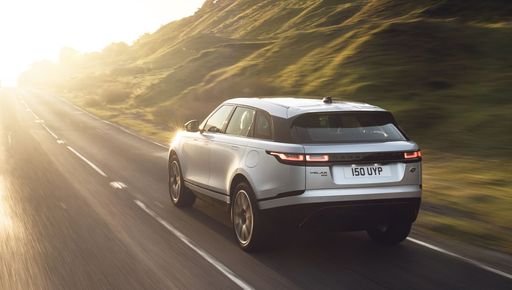 @ media.landrover.com
@ media.landrover.com
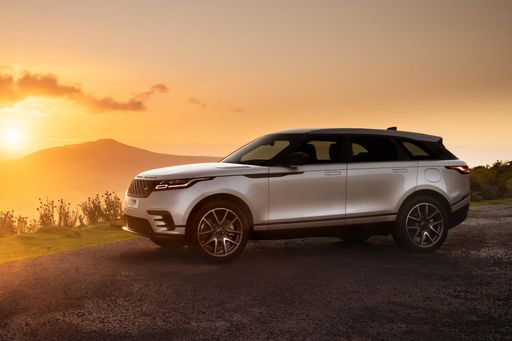 @ media.landrover.com
@ media.landrover.com
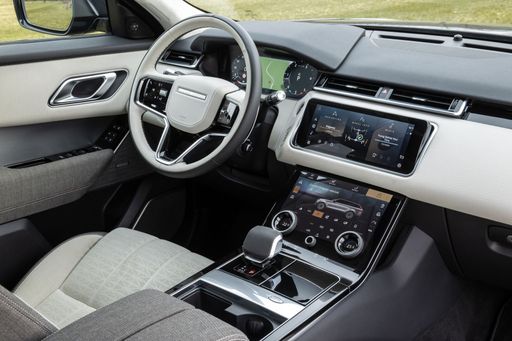 @ media.landrover.com
@ media.landrover.com

|

|
|
|
|
Costs and Consumption |
|
|---|---|
|
Price
64300 £
|
Price
61900 - 87400 £
|
|
Consumption L/100km
-
|
Consumption L/100km
4.8 - 10.2 L
|
|
Consumption kWh/100km
24 kWh
|
Consumption kWh/100km
-
|
|
Electric Range
530 km
|
Electric Range
63 km
|
|
Battery Capacity
-
|
Battery Capacity
15.40 kWh
|
|
co2
0 g/km
|
co2
110 - 232 g/km
|
|
Fuel tank capacity
-
|
Fuel tank capacity
62 - 83 L
|
Dimensions and Body |
|
|---|---|
|
Body Type
SUV
|
Body Type
SUV
|
|
Seats
7
|
Seats
5
|
|
Doors
5
|
Doors
5
|
|
Curb weight
2630 kg
|
Curb weight
2003 - 2280 kg
|
|
Trunk capacity
235 L
|
Trunk capacity
503 - 552 L
|
|
Length
4970 mm
|
Length
4797 mm
|
|
Width
1955 mm
|
Width
1933 mm
|
|
Height
1745 mm
|
Height
1657 - 1665 mm
|
|
Max trunk capacity
1655 L
|
Max trunk capacity
1335 - 1358 L
|
|
Payload
575 kg
|
Payload
460 - 587 kg
|
Engine and Performance |
|
|---|---|
|
Engine Type
Electric
|
Engine Type
Petrol MHEV, Plugin Hybrid, Diesel MHEV
|
|
Transmission
Automatic
|
Transmission
Automatic
|
|
Transmission Detail
Reduction Gearbox
|
Transmission Detail
Automatic Gearbox
|
|
Drive Type
All-Wheel Drive
|
Drive Type
All-Wheel Drive
|
|
Power HP
517 HP
|
Power HP
204 - 404 HP
|
|
Acceleration 0-100km/h
4.90 s
|
Acceleration 0-100km/h
5.4 - 8.3 s
|
|
Max Speed
190 km/h
|
Max Speed
209 - 250 km/h
|
|
Torque
680 Nm
|
Torque
430 - 650 Nm
|
|
Number of Cylinders
-
|
Number of Cylinders
4 - 6
|
|
Power kW
380 kW
|
Power kW
150 - 297 kW
|
|
Engine capacity
-
|
Engine capacity
1997 - 2997 cm3
|
General |
|
|---|---|
|
Model Year
2024
|
Model Year
2025
|
|
CO2 Efficiency Class
A
|
CO2 Efficiency Class
G, C
|
|
Brand
BYD
|
Brand
Land Rover
|
Is the BYD Tang offered with different drivetrains?
The BYD Tang is available as All-Wheel Drive.
The prices and data displayed are estimates based on German list prices and may vary by country. This information is not legally binding.
